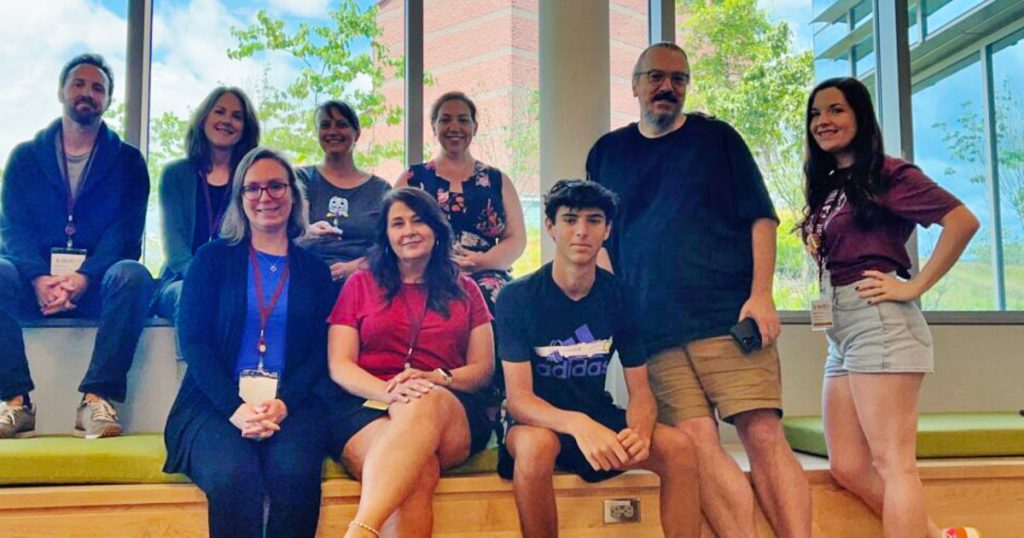The discovery of a jawbone in Arizona, initially found by a boy with a rock collection two decades ago, has been positively identified as belonging to a U.S. Marine who died in a training accident in 1951. The bone was turned over to the Ramapo College Investigative Genetic Genealogy Center in New Jersey by the Yavapai County Sheriff’s Office. Traditional DNA testing had previously yielded no results, but a genetic profile was developed using genome sequencing and bioinformatics in May. The jawbone was confirmed to belong to Capt. Everett Leland Yager, who died in California over 70 years ago. Yager’s remains were originally collected from the accident site and buried in his hometown in Missouri, but it is unclear how the jawbone ended up in Arizona.
It is unknown how the jawbone made its way to Arizona, but experts speculate that a bird may have picked it up and dropped it in the boy’s rock collection. The Yavapai County Sheriff’s Office obtained the bone in 2002 and had kept it in their possession until last year when it was turned over to the genealogy center. The center’s summer bootcamp students worked on the case and were able to find a potential candidate within two days of taking on the case. This highlights the importance of genetic genealogy education and the power of using advanced technology to solve mysteries and identify individuals from historical findings.
The Ramapo College Investigative Genetic Genealogy Center used genome sequencing and bioinformatics to develop a genetic profile for the jawbone. This technology allowed them to positively identify the bone as belonging to Capt. Everett Leland Yager. The bone was initially sent to a human identification center in Texas, which then sent a sample to a forensics lab in Salt Lake City, Utah for further analysis. The work done by the bootcamp students demonstrated the effectiveness of using genetic genealogy in identifying missing persons and solving cold cases.
Cairenn Binder, assistant director of the Ramapo College IGG Center, highlighted the unexpected nature of the case and the importance of being prepared for any outcome. The students working on the case were able to find a potential match within a short period of time, demonstrating the power of genetic genealogy education and research. The case of the jawbone belonging to Capt. Everett Leland Yager serves as a testament to the importance of continued research and education in the field of genetic genealogy.
The discovery and identification of the jawbone belonging to Capt. Everett Leland Yager sheds light on a historical training accident that occurred over 70 years ago. The bone was found in Arizona by a boy with a rock collection, indicating that it had been transported to a different location than where Yager’s remains were initially buried. The use of genome sequencing and bioinformatics allowed for the bone to be positively identified, highlighting the advancements in technology in the field of genetic genealogy. The case serves as an example of how modern technology can be used to solve historical mysteries and bring closure to families of missing individuals.
Overall, the identification of the jawbone belonging to Capt. Everett Leland Yager showcases the power of genetic genealogy and the importance of continued research and education in the field. The case was a lesson in expecting the unexpected and demonstrated the effectiveness of using advanced technology to solve cold cases and identify missing persons. The work done by the Ramapo College Investigative Genetic Genealogy Center and the summer bootcamp students highlights the impact that genetic genealogy can have in unraveling historical mysteries and providing closure to families of the deceased.


